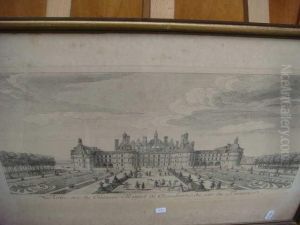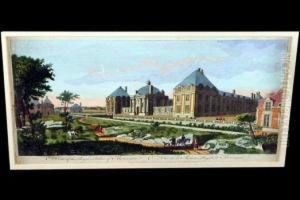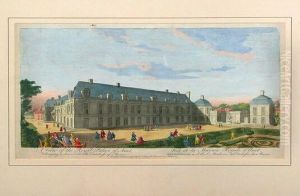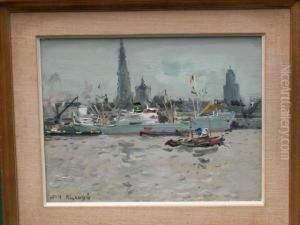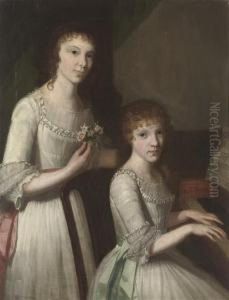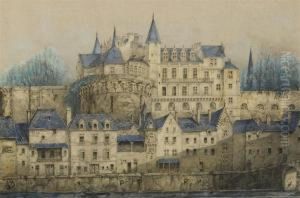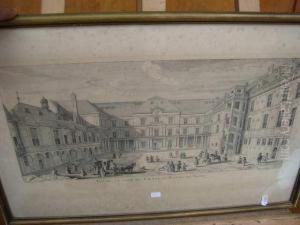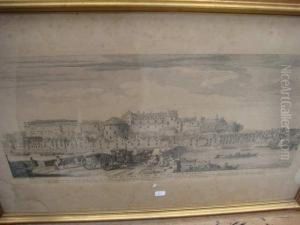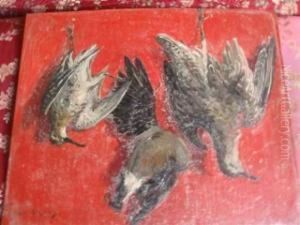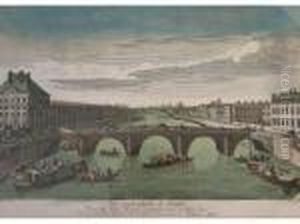Jean-Baptiste Rigaud Paintings
Jean-Baptiste Rigaud was a French engraver and artist born in 1742. Not to be confused with other artists of similar names from different periods, Rigaud carved a niche for himself in the world of art through his mastery in engraving. During the 18th century, a period rich with artistic evolution in Europe, Rigaud contributed significantly to the French art scene, which was then dominated by Rococo styles and gradually transitioning towards Neoclassicism. His works are characterized by their intricate details and the delicate handling of subjects, which ranged from portraits to landscapes, and occasionally, historical scenes.
Rigaud's career unfolded during a tumultuous time in French history, spanning the reigns of Louis XV and Louis XVI, the French Revolution, and into the Napoleonic era. Despite the upheavals, he managed to sustain his artistic output, adapting to the changing tastes and political climates. He was deeply influenced by the works of earlier masters and contemporaries, including the renowned engraver Claude Mellan and the painter Jacques-Louis David, whose neoclassical style marked a significant departure from the Rococo sensibility that initially influenced Rigaud.
Much of Rigaud's legacy lies in his engravings, which were highly sought after by collectors and art enthusiasts of his time for their precision and beauty. These works often served as reproductions of famous paintings, thereby playing a crucial role in disseminating popular artworks to a broader audience. Unfortunately, like many artists of his era, Jean-Baptiste Rigaud's name has not remained as prominent in the collective memory as some of his contemporaries. He passed away in 1810, leaving behind a body of work that continues to be appreciated by connoisseurs of French art and engraving for its craftsmanship and historical value.
